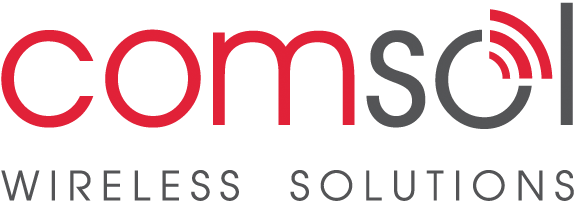WiMax was hyped by industry experts to be the solution to all kinds of ills besetting the telecommunication access industry. This has not yet happened in South Africa. The reasons for this are manifold. In my opinion, ICASA has dragged its feet and made wrong decisions regarding spectrum allocations for this service. Entities like Sentech, Telkom, et cetera have had a first bite at the apple, so to speak. Unfortunately, the public saw very little of this technology due to the incumbent still trying to leverage of its monopoly of owning the local access loop. Sentech's first priority was the distribution of broadcasting services.
The net result was that valuable RF spectrum was lying fallow and not being used to provide connectivity in under-serviced areas. Private industry tried unsuccessfully to petition ICASA to release some of this spectrum which would enable the provision of such services. Currently, we are still waiting on ICASA to release WiMax spectrum through some sort of auction process that may or may not make the WiMax service expensive. Many organisations might receive RF spectrum with limited channel bandwidth, limiting the expected throughput that might be delivered to a client. This limited bandwidth (speed) will probably place WiMax on a par with the bandwidth achieved by ADSL technologies. The window of opportunity for WiMax to provide services, is closing because of these delays and issues.
The net result was that valuable RF spectrum was lying fallow and not being used to provide connectivity in under-serviced areas. Private industry tried unsuccessfully to petition ICASA to release some of this spectrum which would enable the provision of such services. Currently, we are still waiting on ICASA to release WiMax spectrum through some sort of auction process that may or may not make the WiMax service expensive. Many organisations might receive RF spectrum with limited channel bandwidth, limiting the expected throughput that might be delivered to a client. This limited bandwidth (speed) will probably place WiMax on a par with the bandwidth achieved by ADSL technologies. The window of opportunity for WiMax to provide services, is closing because of these delays and issues.
With this in mind, it can be seen that any mid-size to larger organizations cannot effectively rely on WiMax as a technology, to provide acceptable solutions to their connectivity requirements. An older technology, LMDS, seems to be a valuable alternative. This technology does not pretend to offer mobility like WiMax, instead it has a value proposition regarding fixed sites requiring high bandwidth, symmetric services. This is the type of service that businesses require. ICASA also does not view the higher frequency spectrum of LMDS services to be as valuable as WiMax spectrum, making it more easily accessible by network operators.
Considering the previous points, I believe that we might see a quiet revolution away from WiMax to LMDS in South Africa as it has an immediate business benefit to network operators to effectively provide access services to their clients. This will continue until users demand even higher bandwidths to provide a true alternative to the invasion of fibre optical media into their businesses. Maybe by then, there will be light at the end of the tunnel.
Matie Strydom
Chief Technical Officer
